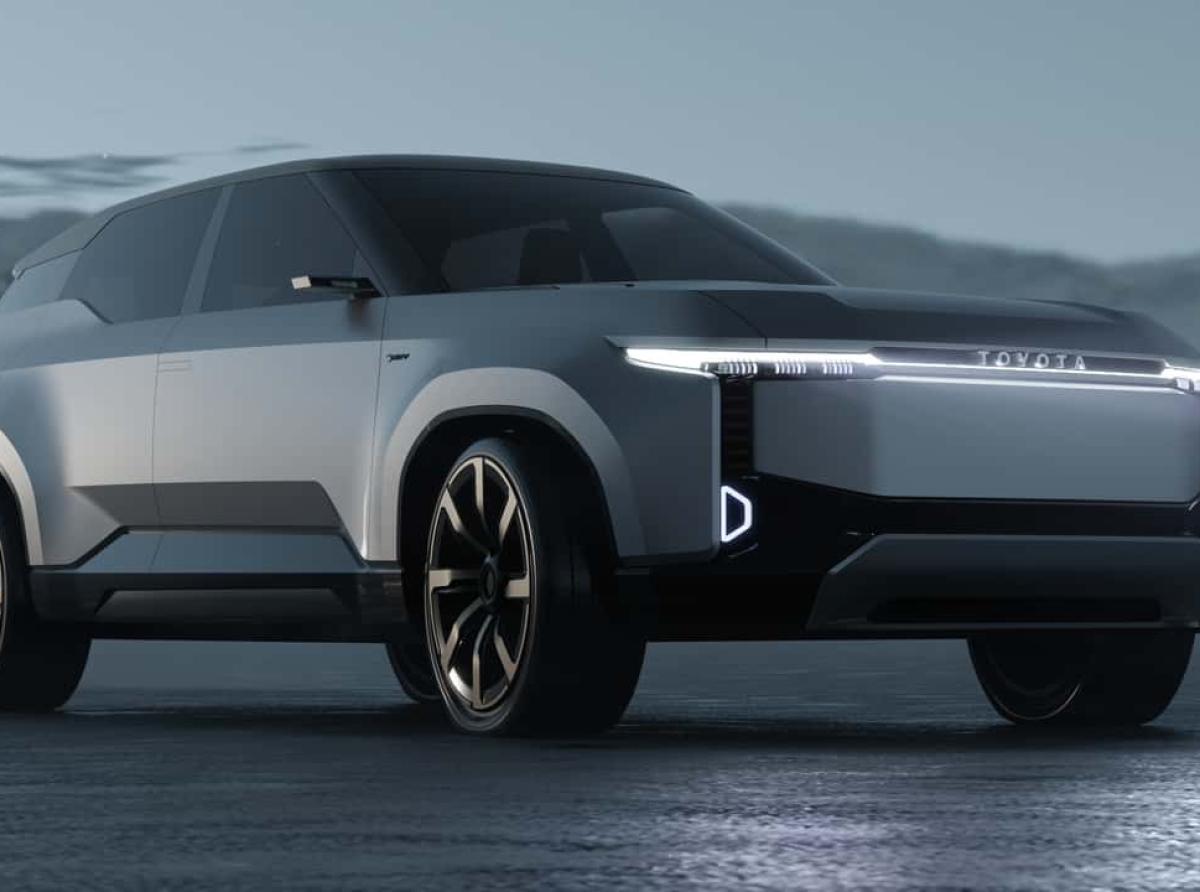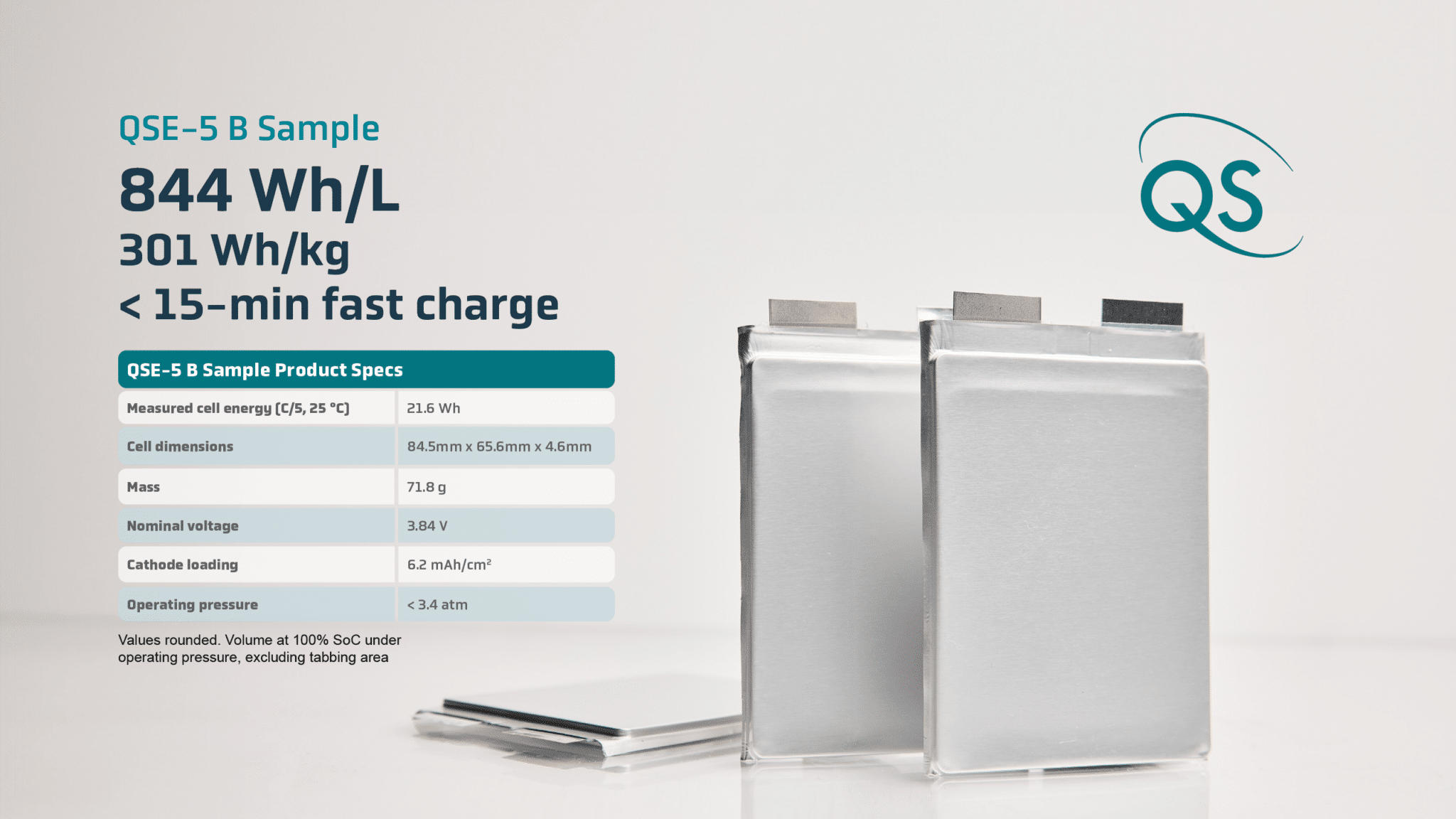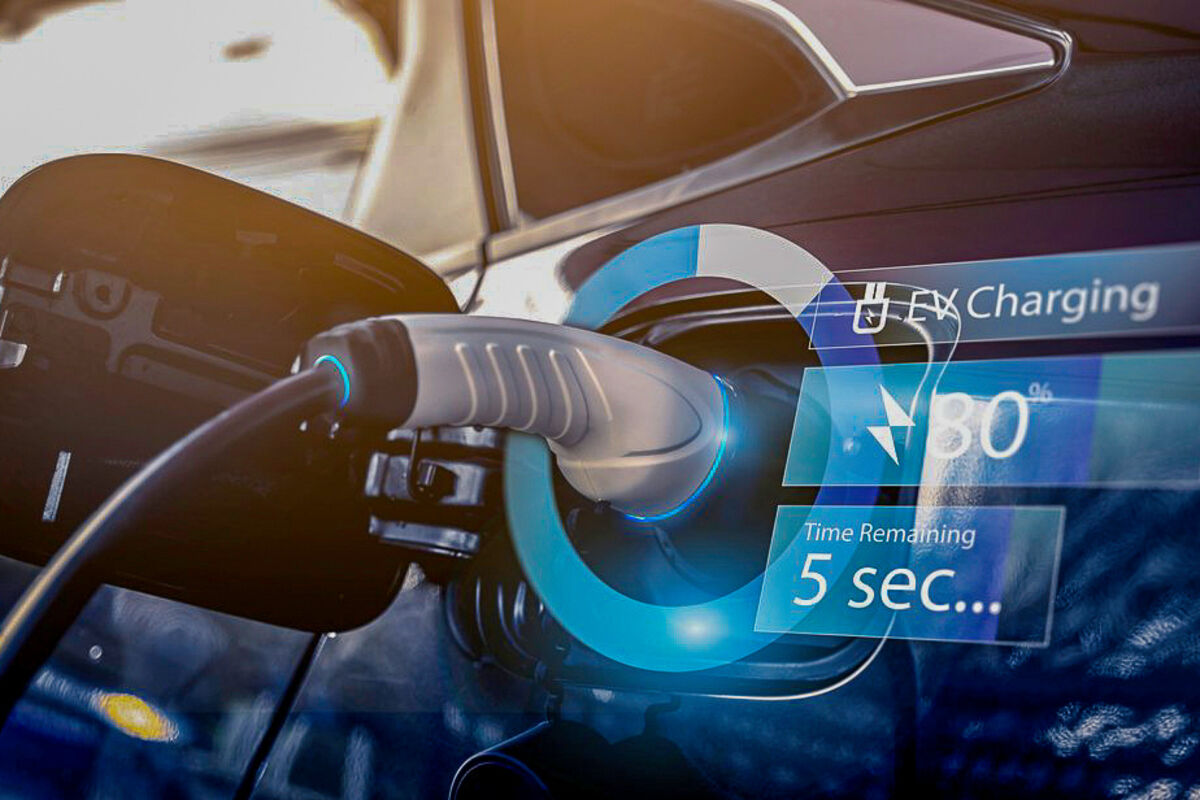Innovation / Fleet
AJAC TestFest – A Major Event!
Solid-state batteries: an energy revolution in the making

The rise of electric vehicles and portable electronic devices highlights the need for more efficient, safer, and longer-lasting batteries. Currently, lithium-ion batteries dominate the market, enabling major advancements in energy storage. However, they have limitations in terms of safety, energy density, and lifespan. In this context, solid-state batteries are emerging as a promising alternative. This article examines their advantages and prospects for large-scale adoption.

Advantages of Solid-State Batteries Over Lithium-Ion Batteries
Increased Safety
Lithium-ion batteries contain a flammable liquid electrolyte, making them vulnerable to short circuits and fires in the event of overheating or manufacturing defects. In contrast, solid-state batteries use a ceramic, glass, or polymer electrolyte, eliminating the risk of ignition and thereby increasing safety—especially for electric vehicles. This improvement also reduces the costs associated with the safety systems required for lithium-ion batteries.
Higher Energy Density
By using metallic lithium rather than graphite electrodes, solid-state batteries offer energy densities up to three times greater than those of lithium-ion batteries. This feature allows electric vehicles to increase their range, thus reducing the need for charging infrastructure and encouraging adoption by the public. Moreover, this increased density could open the door to applications in aerospace and portable electronics, where every gain in weight and space is crucial.
Longer Lifespan
Lithium-ion batteries suffer from gradual degradation due to the formation of dendrites, which can cause short circuits. The rigid electrolyte of solid-state batteries limits this phenomenon, extending their lifespan over several thousand cycles without significant capacity loss. This makes them ideal for renewable energy storage and electric vehicles, where battery longevity is a major issue for profitability and sustainability.
Faster Charging Speeds
Solid-state batteries offer better ionic conductivity than their liquid-electrolyte counterparts, allowing for shorter charging times. Some research suggests they could be recharged in less than 15 minutes, compared to several hours for current lithium-ion batteries. Fast charging would greatly improve the user experience, reducing range anxiety and facilitating the mass adoption of electric vehicles.
Outlook for the Use of Solid-State Batteries in the Near Future
Ongoing Technological Development
Despite their many advantages, solid-state batteries are not yet ready for mass production. Challenges remain, including large-scale manufacturing, material optimization, and cost reduction. Currently, their production is still more expensive than that of lithium-ion batteries. However, companies like Toyota, QuantumScape, and Samsung are investing heavily to make this technology more accessible in the coming years. Standardizing manufacturing processes and improving solid electrolyte performance could speed up their commercialization.
Gradual Adoption in the Automobile Industry
The automobile industry could be the first to benefit from solid-state batteries. Toyota and Volkswagen are considering integrating this technology into their vehicles by 2025-2030. Toyota plans to market its first models equipped with solid-state batteries as early as 2027, while BMW and Ford are also investing in their development. Initially, these batteries will be used in high-end vehicles before becoming more widespread. Their introduction could transform the market by reducing electric vehicle maintenance costs and increasing their reliability.
Major Impact on Energy Storage
Beyond electric vehicles, solid-state batteries could transform renewable energy storage. Their longevity and safety would make them an ideal solution for storing solar and wind energy, thus contributing to the energy transition. Improved storage system efficiency would make it easier to manage the intermittency of renewable energy sources and enhance the autonomy of power grids.

Conclusion
Solid-state batteries represent a significant advancement over lithium-ion batteries, offering improved safety, greater energy density, longer lifespan, and faster charging. While their adoption still depends on technological advances and cost reduction, they could revolutionize energy storage and accelerate the shift toward more sustainable mobility. If current challenges are overcome, they could become standard in many sectors, from the automobile industry to domestic and industrial energy storage.
[translation] “At the crossroads of innovation and the energy transition, solid-state batteries could very well redefine our electric future.”


L'Automobile Magazine
News
Business Directory



 En
En  Fr
Fr 


